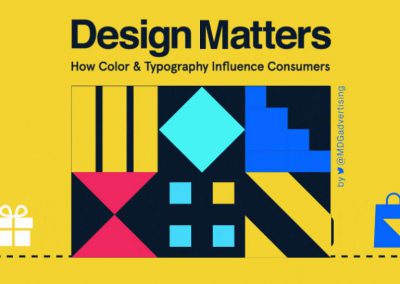These days a lot of my work centres on innovation, change and business consulting, but from time to time I get the chance to dive deeply into branding. Now, as a strong believer in the power of brands and marketing to create change and impact, I see a natural affinity between culture and system change, startups and new product development but when we overlay these with strategy and design thinking, interesting things start to happen.
At the moment we’re working on a new brand. It’s a ground up brand construction – so it’s truly greenfields. But where do you start? How do you find a map and how do you follow it?
Having created many new brands in this way, there are some simple steps to follow.
- Naming: The naming of your new brand can be fraught – but should be fun. Coming up with a name that is descriptive enough for your customers but imaginative enough to draw them in can take far longer than you can imagine. Then once you have a name, securing and registering it can take time and more than a little money. There are some agencies dedicated to naming, and if you have a big budget it would be fabulous to work with them … but if you’re running a startup, chances are you’ll be doing the naming over a few beers with your mates. Be sure to think through the various combinations of the name and how it will be used. After all, you don’t want to follow the example of promo pen company Pen Island.
- Planning: No surprise here – but I get quite a kick out of the planning process. From building out the communications architecture through to building out the business case, planning is an important step for any startup. You’ll be amazed what you can learn in a couple of days – and the research and analysis (not to mention the discipline) will hold you in good stead as you start to seek funding and build your core team.
- Visual design: Most people think that branding is about logos. A logo is just part of the branding process … but it does need to be given time and attention. And budget always helps. Even if you have budget, it still helps greatly to provide a solid brief to your designer – which is where your planning will help. Make sure you share your research and thinking – explain the various use cases and audiences that your new business will impact. Provide a list of “attributes” that describe your brand. Be clear about the vision you have for the future of your brand. All this information should soak into the appearance of your logo and the visual design of your band.
Now that you have a name, some understanding of the potential of your business and some ideas for your logo, take that list of attributes and find them in the list in this infographic from MuseDesign. Pay special attention to other logos that you see and that you admire. Think about how they are using colour to engage you emotionally. What can you learn from great logos? Which designs make your heart jump?







